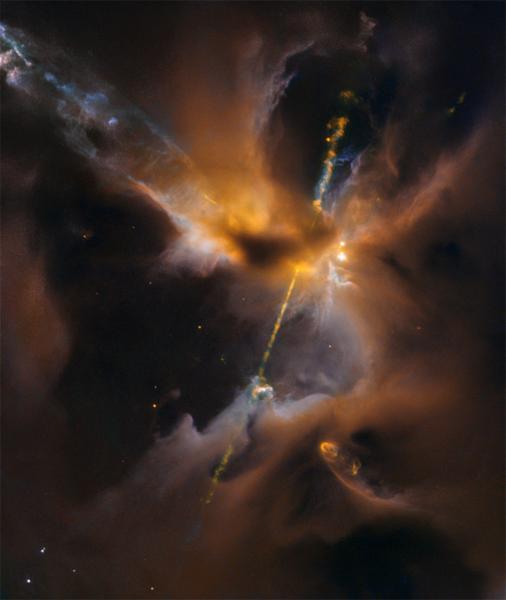- Series:Astronomy, Transcript English
Genesis 1:16b
“…he made the stars also.”
Today, I want to talk about aging stars. But I am not referring to your favorite movie icon of yesteryear. Instead, I am talking about stars in the universe.
How old is a star? And how can we tell?
 Big Bang cosmologists refer to the ages of stars in billions of years. One recent science article talked about a star, which they said was so old that it was formed just after the Big Bang itself. The article, published in 2014, gives the age of the universe as 13.7 billion years old. I used to teach physics and chemistry in public high schools in Britain, until 1999. In the textbook, which I used at that time, the age of the universe was given as 12.3 billion years. This age was repeated in a subsequent edition of the book, in 2001. So, in the 13 years from 2001 to 2014, the universe got 1.4 billion years older, which is an increase of 11.3%. How could such a large margin of error be introduced, with so little comment? Could it be that the star to which I referred could be measured more accurately, pushing back the age of the universe?
Big Bang cosmologists refer to the ages of stars in billions of years. One recent science article talked about a star, which they said was so old that it was formed just after the Big Bang itself. The article, published in 2014, gives the age of the universe as 13.7 billion years old. I used to teach physics and chemistry in public high schools in Britain, until 1999. In the textbook, which I used at that time, the age of the universe was given as 12.3 billion years. This age was repeated in a subsequent edition of the book, in 2001. So, in the 13 years from 2001 to 2014, the universe got 1.4 billion years older, which is an increase of 11.3%. How could such a large margin of error be introduced, with so little comment? Could it be that the star to which I referred could be measured more accurately, pushing back the age of the universe?
It turns out that the age of the star is actually measured relative to the dating of the Big Bang. In the case of this particular star, they examine its chemistry (by studying its spectrum), and fit its age with whatever chemistry they think may have been available at the time. Such guesswork is not needed, when we realize that God has already given us reliable and intelligible dates for when creation events happened, in His word.
We thank You and praise You that Your word is true. Help us to submit to what You say, rather than following blindly after the will of the world. Amen.
Author: Paul F. Taylor
Ref: The Australian National University. “Astronomers discover oldest star: Formed shortly after the Big Bang 13. 7 billion years ago.” ScienceDaily. ScienceDaily, 9 February 2014. . Johnson, K., Physics for you, (Nelson Thornes:2001), p173. Image: Hubble Space Telescope, License: Creative Commons Share-Alike Attribution, 4.0, Unported.
